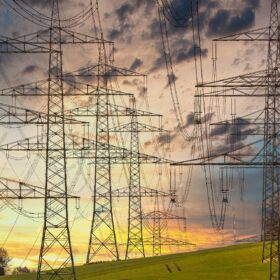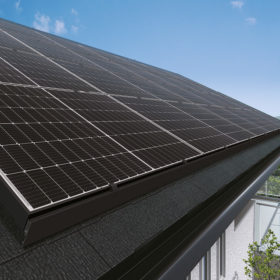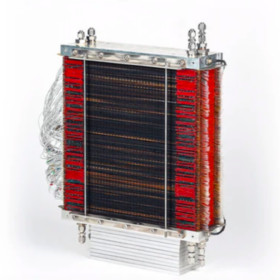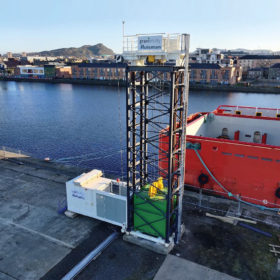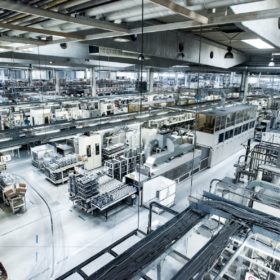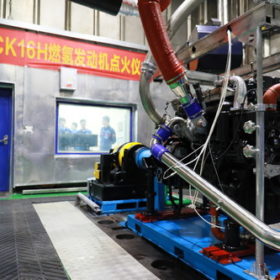Grid issues plague solar’s comeback in Czechia
The lack of a transparent grid capacity system in Czechia is eroding the solar self-consumption business model, and in some parts of the country, grid bottlenecks are delaying grid connections.
Czechia refills rooftop PV rebate pot
The Czech Republic is pouring an additional CZK 55 billion ($2.5 billion) into its New Green Savings program, which includes rooftop PV rebates, among other energy-saving measures in the residential sector.
The Hydrogen Stream: Fuel cells for large aircraft nearing development
In its bid to develop fuel cells for aircraft with over 100 seats within 24 months, ZeroAvia has revealed record-breaking hydrogen fuel cell performance tests. Meanwhile, Universal Hydrogen and local partners are teaming up to build hydrogen infrastructures for aviation in Japan amid a push towards hydrogen infrastructure and mobility.
Weekend Read: Light weight
When it comes to gravity batteries, pumped-hydro storage is the gold standard, but its cost and topography-specific limitations are driving innovations ranging from freight-train braking to super-dense liquids. We consider whether any of the new technologies can punch above their weight.
Weekend Read: Imminent comeback, imminent trouble
Once a European leader in PV deployment, the solar market in Czechia has slumbered for the last decade. Now, with growing public support and financing in place, momentum is building and a gigawatt-scale pipeline is taking shape. However, fresh challenges loom, as Marija Maisch reports.
Daikin to scale up heat pump output in Czechia
The Japan-based manufacturing company has revealed plans to increase fivefold its production of heat pumps at its facility in Czechia by 2025.
Panasonic to scale up heat pump output in Czechia
Panasonic has revealed plans to increase the annual production of heat pumps at its facility in Czechia to 500,000 units by March 2026.
The Hydrogen Stream: Ignited hydrogen-fueled engine from China
Machinery company Yuchai expects mass production by the end of 2022, targeting tractors and other heavy commercial vehicles in mountainous or plateau areas. Sunfire is installing a 2.6 MW high-temperature electrolyzer at Neste’s renewable products refinery in Rotterdam, with commissioning expected in early 2023. Meanwhile, hydrogen-based projects in the mobility and transportation sectors are taking off in France, Czech Republic, and the UK.
EU energy fund to commit $514 million for solar projects at Romanian mining waste sites
Panels will be installed at waste sites in five mining towns as part of the latest, €2.4 billion ($2.57 million) round of investment from a fund set up to help coal-dependent European member states with the energy transition.
Czechia earmarks $43.4 million for solar rebates
PV developers in Czechia can apply for solar rebates until Aug. 31. Solar-plus-storage projects will also be able to participate.
